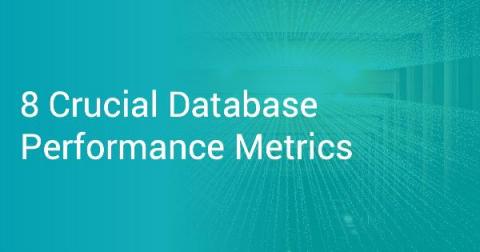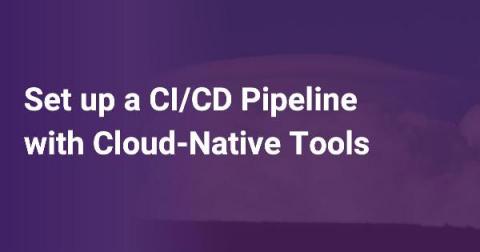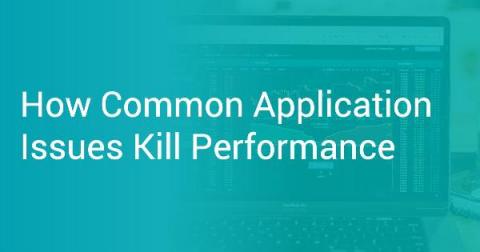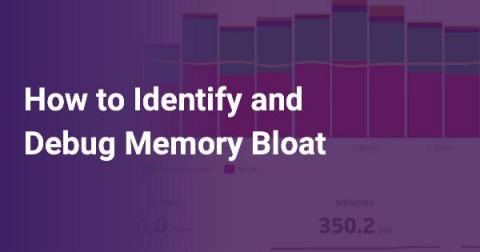Container Monitoring: Essential Tools + Best Practices
In the Modern era of application development, businesses move towards building highly available, fault-tolerant, zero downtime applications to make the user experience and performance smoother and better. One of the essential steps in that process is containerization and orchestration of an application. A Container Monitoring process is as vital as containerizing your application.











